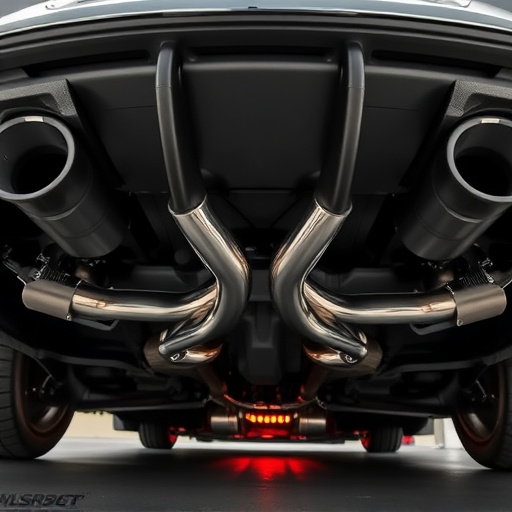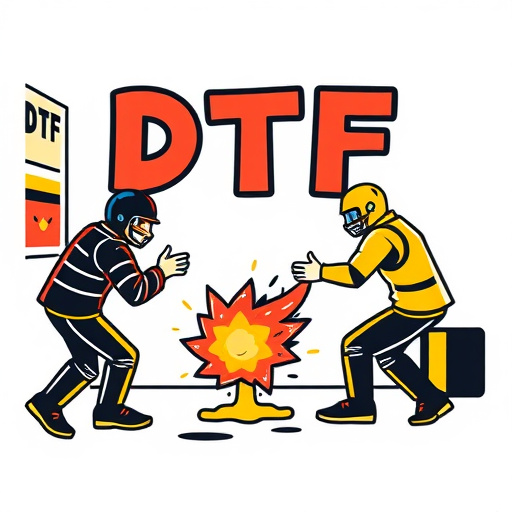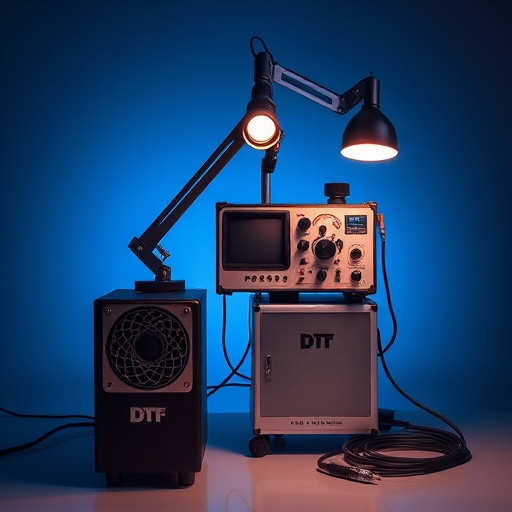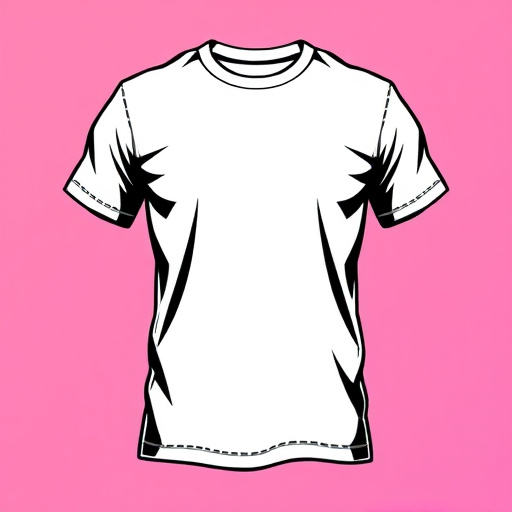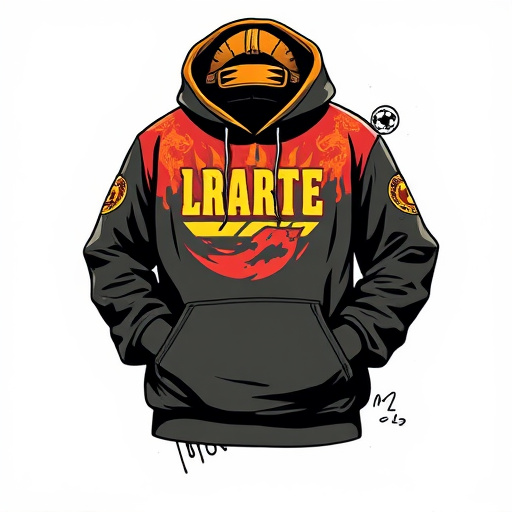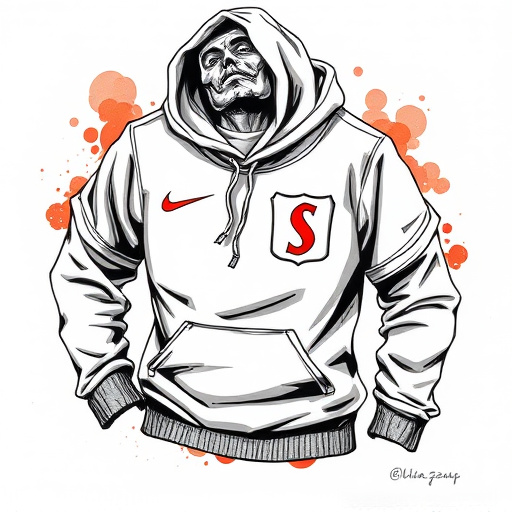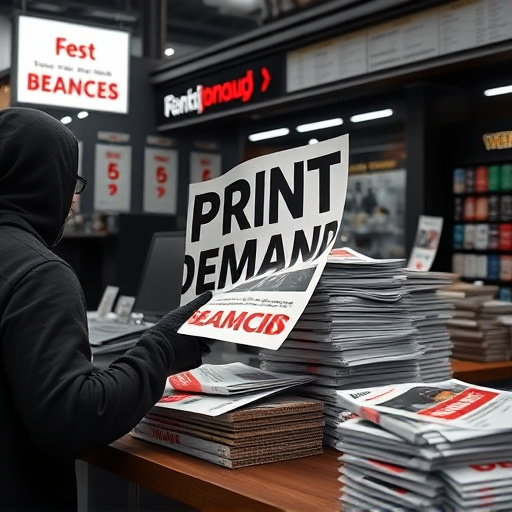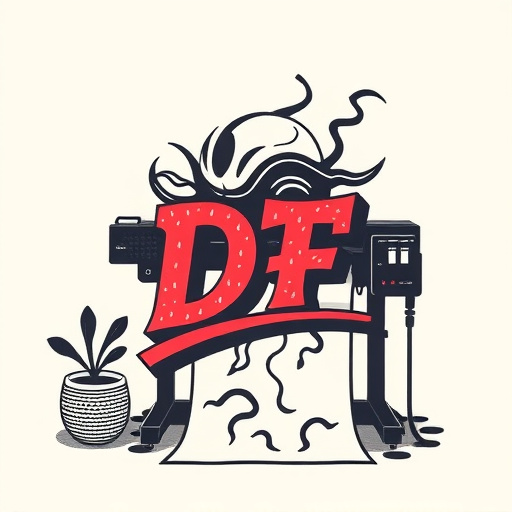The DTF (Direct-to-Fabric) transfer process revolutionizes custom design application by offering unparalleled versatility on various fabrics and colors without fading concerns. It streamlines production, reduces waste through precise heat transfer paper application, and caters to today's demand for unique items, benefiting businesses and creators alike. This technology is transforming the apparel industry with advanced materials and printing techniques, promoting sustainability and high-quality outcomes.
Discover how Dynamic Transfer (DTF) technology is revolutionizing data sharing. This article explores the multifaceted benefits of DTF transfers, unlocking new opportunities and streamlining processes across industries. From enhanced security to accelerated transactions, these trends are reshaping digital landscapes. We delve into the impact on future innovations, highlighting advancements that promise to transform data management. Uncover why DTF transfers are becoming an indispensable tool for efficient, secure, and fast data exchange.
- Unlocking Opportunities: DTF Transfer Advantages
- Streamlining Processes: Trends in Digital Transfers
- Shaping the Future: Impact and Innovations Ahead
Unlocking Opportunities: DTF Transfer Advantages
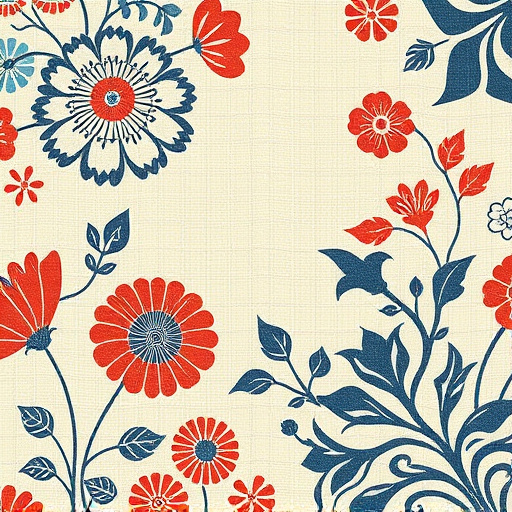
The DTF (Direct-to-Fabric) transfer process is unlocking a world of opportunities for businesses and individuals alike, revolutionizing the way custom designs are applied to various materials. One of its key advantages lies in its versatility; this method seamlessly adapts to different fabric types and colors, including dark fabrics, which was previously challenging with traditional printing techniques. With DTF transfer, you can create stunning, vibrant designs on items like custom t-shirts, apparel, and accessories without the worry of color fading or poor print quality on darker surfaces.
Moreover, DTF Transfer Benefits extend to cost-effectiveness and efficiency. The process streamlines production by allowing for quick changes in design and personalization, catering to today’s fast-paced demand for unique, tailored items. It also reduces waste by enabling precise application of heat transfer paper, ensuring only the desired areas of the fabric are treated, and minimizing material wastage. This not only benefits businesses but also empowers entrepreneurs and artists to bring their creative visions to life with ease and precision.
Streamlining Processes: Trends in Digital Transfers

In today’s digital age, DTF Transfer Benefits are revolutionizing various industries, especially in the realm of apparel and printing. The trend towards digitizing transfer processes is streamlining operations for businesses and enhancing quality control. Digital transfers, or DTF (Direct-to-Film) transfers, enable efficient production runs, from designing to printing on a variety of materials. This technology offers significant advantages over traditional methods, such as improved accuracy in color reproduction and the ability to handle intricate designs with ease.
The adoption of DTF transfer film is particularly notable in bulk DTF for Apparel production. By digitizing the process, manufacturers can achieve consistent results across orders, eliminating the risks associated with manual errors. This trend not only benefits small businesses but also large-scale producers looking to optimize their workflow and meet the ever-changing demands of the market. As a result, the DTF method is becoming the go-to choice for those seeking innovative ways to enhance productivity while maintaining high-quality outcomes.
Shaping the Future: Impact and Innovations Ahead
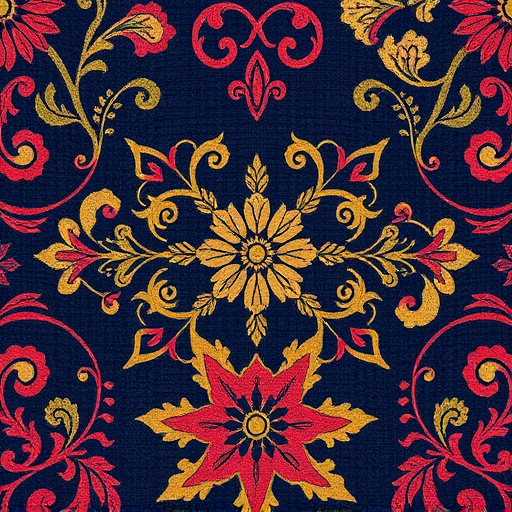
The future of DTF Transfer Benefits is bright and innovative, as this technology continues to shape the apparel industry. With advancements in materials and printing techniques, we’re witnessing a paradigm shift in how businesses approach custom apparel. One notable trend is the growing popularity of dtf printing for hoodies and light fabrics, expanding the design possibilities while maintaining exceptional quality.
Innovations like these are paving the way for more sustainable practices, as DTF transfer allows for precise application, reducing waste often associated with traditional printing methods. As the technology evolves, we can expect further improvements in speed, efficiency, and environmental friendliness, making DTF transfer an increasingly attractive option for businesses aiming to offer unique, on-demand products while contributing to a greener future.
The dynamic landscape of digital transfers, driven by DTF transfer benefits, is reshaping industries globally. From unlocking unprecedented opportunities to streamlining complex processes, these trends signal a future where efficient, secure data movement is the norm. As innovations continue to emerge, understanding and leveraging DTF Transfer Benefits will be key for organizations aiming to stay competitive in today’s digital era.





